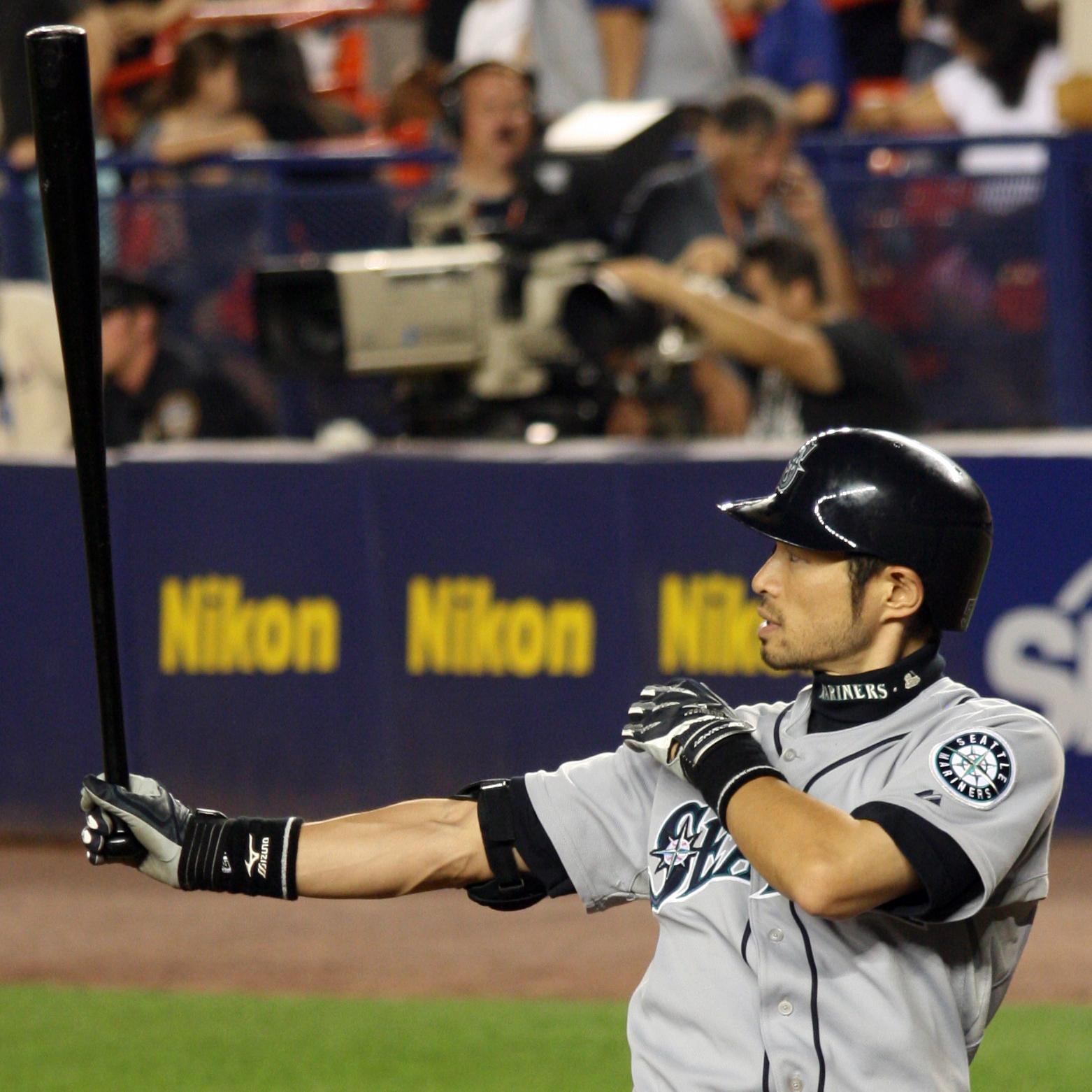Austin Jackson is the likely AL Rookie of the Year. He put up some very good numbers:
.293 BA, .345 On Base Percentage, .400 Slugging Percentage and 27 stolen bases while having a reputation as a very good defensive centerfielder.
All together, Jackson put up 2.5 Wins Above Replacement. That was .4 WAR more than former Tiger CFer, Curtis Granderson managed with the Yankees.
Tiger fans must be thrilled to have such an exciting young player with the team and must be looking forward to a 2011 where this young player can only get better.
But, can he only get better? Let’s take a closer look.
I have some MAJOR concerns with Jackson going forward.
The biggest concern is his strike out rate. Jackson struck out 170 times last year while drawing only 43 non-intentional walks leading to a strikeout to walk ratio of almost 4 to 1. Jackson struck out 27.5% of the time compared to a league average of 20.7%. Players often struggle with the strike zone when they are young, and improve over time. However, Jackson also had these strike out tendencies in the minors; striking out about 25% of the time at every level.
There is a reason that Jackson’s strikeouts are so important. If you don’t hit the ball, you’re almost always out. If you do hit the ball, you at least have a chance to end up somewhere on the bases. Jackson’s Batting Average on Balls In Play (BABIP) last year was .396. BABIP measures a player’s batting average on hits that are not home runs. An average player’s BABIP is usually around .300. Though this can vary depending on the type of hitter.
Fly balls have very low BABIPs. Most fly balls are caught by outfielders.
Ground balls have higher BABIPs. Some balls get past the infielders, and speedy players like Jackson can beat out some infield hits.
Line Drives have the highest BABIPs. When a fielder catches a line drive, it is usually considered a good defensive play.
Batting average on:
Groundballs: Jackson=.318, League=.240
Flyballs: Jackson=.240, League=.140
Linedrives: Jackson=.748, League=.750
Can Jackson keep up a batting average on groundballs that is 32% better than league average? Maybe, maybe not. Ichiro Suzuki, who is renowned for his ability to get infield hits has a career average of .311 on ground balls. Is Jackson better than Ichiro at beating out infield hits? I’d be surprised to learn that he was.
Jackson’s batting average on fly balls is certain to come down. His batting average on ground balls is likely to come down, though perhaps not that much. His batting average on line drives is right in line with league average, so that should remain constant.
Jackson was 3rd in baseball last year at hitting line drives, doing so over 24% of the time. Is he that good of a hitter? Considering his strikeout rate, I’d have to say doubtful. It’s likely that some of those line drives next year become fly balls or groundballs, which turn into outs more often than not.
Best case scenario for Jackson: He cuts down on his strikeouts leading to more balls in play. He continues to hit line drives and ground balls and continues to post a high BABIP, more in the range of .375. If this happens, expect Jackson to end up with a Batting Average/On Base/Slugging line of: .285/.340/.390. Roughly the same as this year. Not rea
Worst case scenario for Jackson: Pitchers exploit his free swinging and his strike outs remain the same or increase. While Jackson is putting less balls in play, his BABIP luck also runs out and the balls he does hit quit getting by infielders and dropping between outfielders. If this happens, expect Jackson to end up with a Batting Average/On Base/Slugging line of:
.260/.315/.367. Which would make him Melky Cabrera (.255/.317/.354) with a bit more speed. Melky was recently released by the Atlanta Braves.
My prediction: Somewhere in the middle. I’ll give Jackson some benefit of the doubt and say he increases his walks (7.5%) and decreases his strikeouts (26%) slightly. I think his BABIP will decrease to a still above average (.340) based on his GB/FB/LD rates (49%/31%/20% - I don’t think his LD rate this year was for real). All this adds up to a line of: .260/.320/.370 in 2011.
A pretty significant offensive drop-off. Jackson is still a valuable player though. A good defensive centerfielder doesn’t have to hit much to help the team. As a Dodger fan I’d be quite content with Jackson in CF for the next 5 years.









